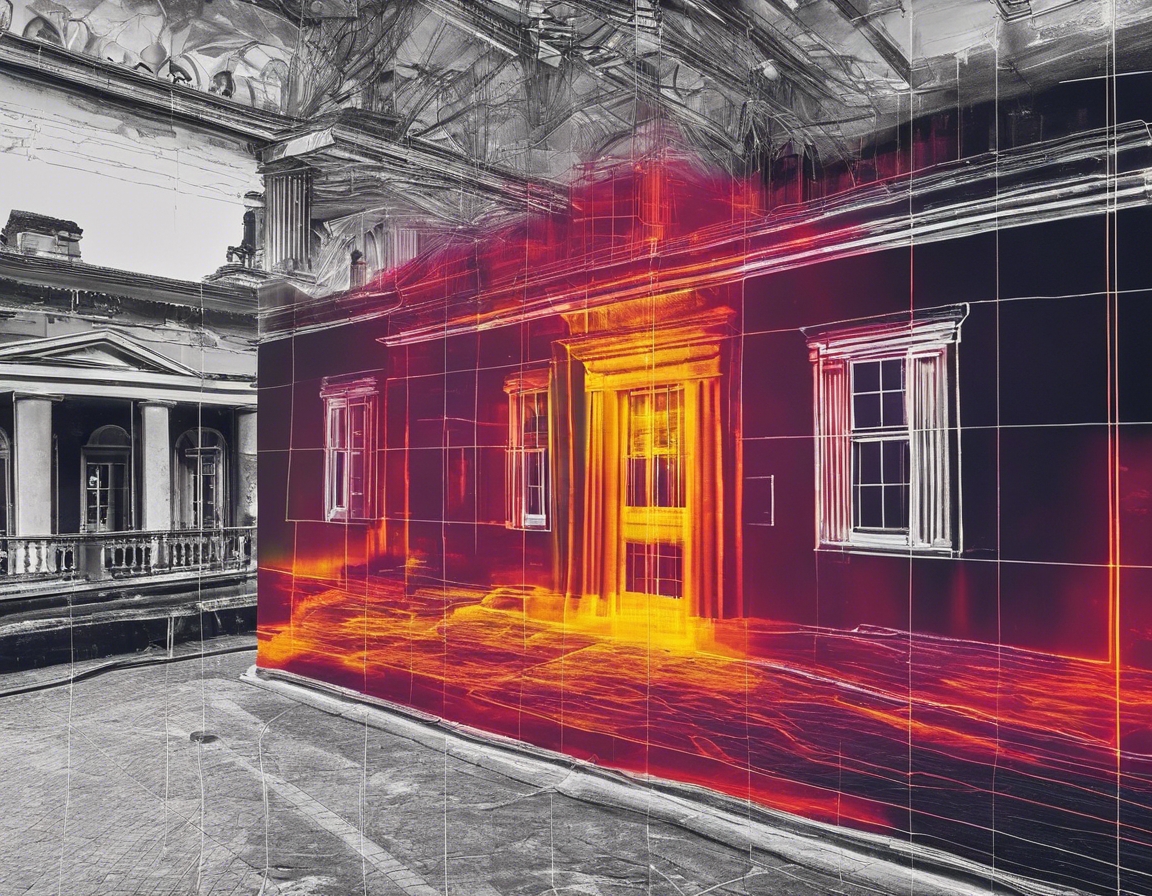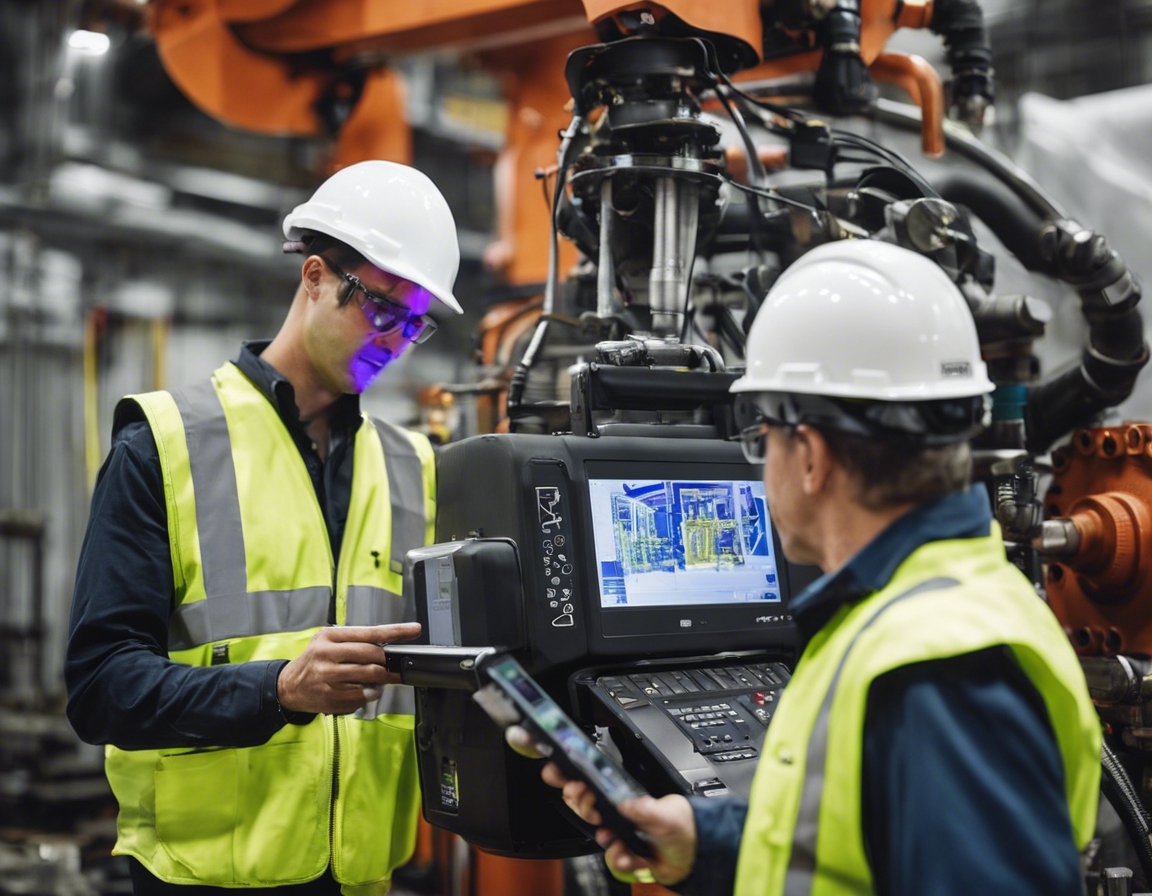How led warning systems save lives in pärnu
Warning systems are crucial components of urban safety, serving as the first line of defense against potential hazards. They alert pedestrians and drivers to imminent dangers, allowing for timely reactions that can prevent accidents and save lives.
Light Emitting Diodes (LEDs) have revolutionized the field of warning systems with their bright illumination, durability, and energy efficiency. Their application in safety measures has become increasingly popular, providing clear and immediate signals in various environments.
The Role of LED Warning Systems in Pärnu's Safety Infrastructure
Pärnu, like many urban areas, faces challenges in ensuring the safety of its residents and visitors amidst busy streets and changing weather conditions. The need for reliable and effective warning systems is paramount to address these safety concerns.
Recognizing the importance of advanced safety solutions, Pärnu has begun integrating LED warning systems into its safety infrastructure. These systems have been implemented in key areas to enhance visibility and alertness, particularly in high-risk zones.
Benefits of LED Warning Systems
LED warning systems offer superior visibility compared to traditional warning lights. Their bright and directional light output ensures that signals are seen from a distance, even in daylight, providing ample reaction time for road users.
LEDs are highly adaptable to various weather conditions, maintaining their performance in fog, rain, or snow. This feature is especially beneficial in Pärnu, where weather can change rapidly, affecting road visibility.
With lower power consumption and longer lifespans, LED warning systems are not only more energy-efficient but also cost-effective in the long run. This translates to savings for municipal budgets and a reduced environmental impact.
The robust nature of LED technology results in systems that are long-lasting and require minimal maintenance. This reliability ensures consistent operation and reduces the need for frequent repairs or replacements.
Technological Features of LED Warning Systems
Modern LED warning systems are equipped with smart sensors that detect movement and ambient light conditions, allowing for real-time response to traffic and pedestrian activity. This adaptability enhances safety by providing immediate warnings when needed.
LED warning systems can be integrated with existing traffic management systems to create a cohesive safety network. This integration allows for synchronized signals that can manage traffic flow and pedestrian crossings more effectively.
Design considerations ensure that LED warning systems cater to a wide range of users, including children, the elderly, and individuals with disabilities. Audible signals and tactile paving are examples of features that make these systems accessible to all.
Implementing LED Warning Systems for Maximum Impact
For LED warning systems to be most effective, they must be strategically placed based on traffic patterns, accident data, and urban planning insights. This targeted approach ensures that the systems are installed where they can have the greatest impact on safety.
Engaging the community and educating the public about the benefits and proper use of LED warning systems is essential for their success. Awareness campaigns can help foster a culture of safety and cooperation among road users.
To maintain their effectiveness, LED warning systems require continuous monitoring and periodic upgrades. Technological advancements and feedback from users can inform improvements, ensuring that the systems evolve to meet the changing needs of the community.






Comments (0)